Importance of Interior Design in Karachi
Interior design plays a crucial role in shaping the aesthetic appeal, functionality, and ambiance of spaces in Karachi, one of Pakistan's largest and most vibrant cities. As the cultural and economic hub of the country, Karachi is home to a diverse population with varied tastes and lifestyles. From residential homes to commercial establishments, interior design influences how people interact with and experience their surroundings on a daily basis.
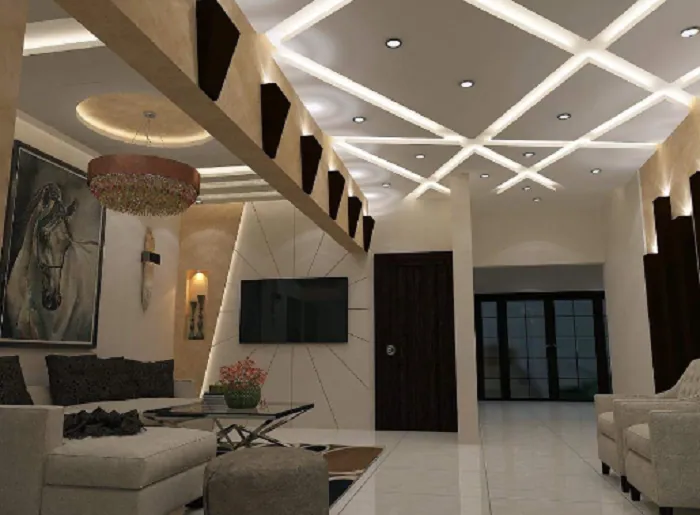
Emphasis on Finding the Best Interior Designer
In a city as dynamic and diverse as Karachi, finding the best interior designer for projects is of utmost importance. A skilled and experienced interior designer can help homeowners and businesses translate their vision into reality, creating spaces that not only reflect their personality and style but also enhance their quality of life and productivity. Whether it's designing a cosy home, a trendy cafe, or a luxurious office, the right interior designer can make a significant difference in the outcome of a project.
Significance of Finding the Best Interior Designer
The significance of finding the best interior designer cannot be overstated. A well-designed space can have a profound impact on the well-being and happiness of its occupants. In Karachi, where people lead busy lives and seek refuge in their homes and workplaces, the importance of having a space that is not only aesthetically pleasing but also functional and comfortable cannot be overlooked. By investing in the services of the best interior designer, individuals and businesses can ensure that their spaces are designed to meet their specific needs and preferences while staying true to their unique identity and style.
In summary, interior design plays a vital role in Karachi's urban landscape, influencing how people live, work, and interact with their environment. Finding the best interior designer for projects is essential for achieving design excellence and creating spaces that inspire, delight, and enhance the quality of life for their occupants.
Understanding the Karachi Design Scene
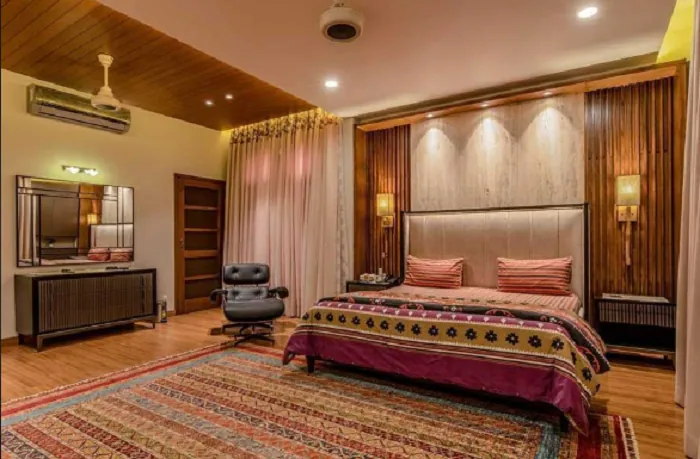
Description of Karachi's Diverse Interior Design Landscape
Karachi boasts a rich and diverse interior design landscape, reflecting the city's multicultural population, historical influences, and modern aspirations. From traditional to contemporary, Karachi's design scene encompasses a wide range of styles, catering to the diverse tastes and preferences of its residents.
In residential areas, one can find a blend of traditional Pakistani elements with modern influences. Many homes feature intricate woodwork, vibrant textiles, and traditional motifs, infused with contemporary furniture and decor to create a harmonious fusion of old and new. Additionally, Karachi's affluent neighbourhoods showcase luxurious villas and apartments designed with opulent finishes, high-end furnishings, and state-of-the-art amenities, catering to the city's elite.
In commercial spaces, Karachi's design landscape is equally diverse, with a mix of traditional bazaars, modern malls, trendy cafes, and upscale restaurants. Traditional markets such as Empress Market and Zainab Market are known for their vibrant colours, bustling atmosphere, and eclectic mix of vendors, offering everything from textiles and handicrafts to spices and electronics. On the other hand, modern malls like Dolmen Mall and Lucky One Mall feature contemporary architecture, sleek interiors, and a wide range of international and local brands, catering to shoppers of all tastes and preferences.
Exploration of Popular Design Styles and Trends in the City
Karachi's design scene is influenced by a variety of popular styles and trends, both local and international. Traditional Pakistani elements such as Mughal-inspired motifs, Islamic geometric patterns, and intricate handcrafted details are often incorporated into contemporary designs, adding a sense of cultural richness and heritage to spaces.
Moreover, international design trends such as minimalism, Scandinavian design, and industrial chic have also found their place in Karachi's design landscape. Many modern homes and commercial establishments feature clean lines, neutral colour palettes, and understated elegance, creating a timeless and sophisticated atmosphere.
In recent years, there has been a growing emphasis on sustainability and eco-friendly design practices in Karachi. Designers and homeowners alike are increasingly incorporating sustainable materials, energy-efficient fixtures, and green technologies into their projects, reflecting a growing awareness of environmental issues and a desire to create healthier and more sustainable living and working environments.
Overall, Karachi's design scene is a vibrant tapestry of tradition and modernity, blending cultural influences, global trends, and local craftsmanship to create spaces that are as diverse and dynamic as the city itself.
Qualities of the Best Interior Designers
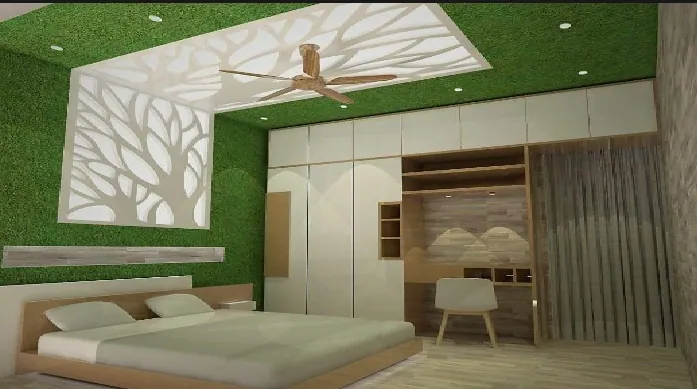
When searching for the best interior designer in Karachi, several key qualities should be considered to ensure a successful collaboration and an exceptional outcome for your project.
Experience: Experience is one of the most important qualities to look for in an interior designer. An experienced designer brings valuable knowledge, expertise, and insights to the table, gained from working on a variety of projects over the years. They have encountered different challenges and learned how to overcome them, making them better equipped to handle the complexities of your project.
Creativity: Creativity is another essential quality of a top interior designer. A creative designer has a unique vision and the ability to think outside the box, offering innovative solutions and fresh perspectives to design challenges. They can transform ordinary spaces into extraordinary ones, infusing them with style, personality, and originality.
Communication Skills: Effective communication is key to a successful designer-client relationship. The best interior designers excel in communication, listening attentively to their clients' needs, preferences, and feedback, and conveying their own ideas and concepts clearly and concisely. They keep clients informed and involved throughout the design process, ensuring that everyone is on the same page and that expectations are met.
Portfolio: A strong portfolio is a reflection of an interior designer's skills, style, and versatility. When evaluating potential designers, be sure to review their portfolio carefully, paying attention to the diversity and quality of their work. Look for projects that resonate with your aesthetic preferences and showcase the designer's ability to create spaces that are both functional and beautiful. A well-curated portfolio demonstrates the designer's range of capabilities and their commitment to excellence.
Client References: In addition to reviewing their portfolio, it's also important to seek out client references or testimonials. Hearing from past clients about their experiences working with the designer can provide valuable insights into their professionalism, reliability, and ability to deliver results. Don't hesitate to ask for references and reach out to past clients to get a better understanding of what it's like to work with the designer.
In summary, the best interior designers possess a combination of experience, creativity, communication skills, and a strong portfolio. By carefully considering these qualities and conducting thorough research, you can find the perfect designer to bring your vision to life and create a space that exceeds your expectations.
Research and Shortlisting Interior Designers
When embarking on the search for the right interior designer in Karachi, conducting thorough research and effectively shortlisting potential candidates is essential. Here are some tips on how to conduct research and narrow down your options:
Utilize Online Platforms: One of the easiest ways to begin your search for interior designers is by utilizing online platforms. Websites such as Houzz, Homify, and Pinterest offer a wealth of inspiration and resources for finding interior designers in your area. These platforms allow you to browse through portfolios, read reviews, and gather contact information for designers who catch your eye.
Explore Social Media: Social media platforms like Instagram and Facebook are also valuable tools for discovering interior designers. Many designers showcase their work on these platforms, providing a glimpse into their design style and aesthetic. By following designers and engaging with their content, you can get a sense of their personality and approach to design, helping you determine if they are a good fit for your project.
Seek Referrals from Friends and Family: Another effective way to find interior designers is by seeking referrals from friends, family, and colleagues who have recently completed design projects. Personal recommendations can be invaluable, as they come from trusted sources who have first-hand experience working with the designer. Ask for recommendations, gather feedback, and consider reaching out to designers who come highly recommended by people you trust.
Review Portfolios and Websites: Once you have compiled a list of potential interior designers, take the time to review their portfolios and websites in detail. Look for designers whose work aligns with your aesthetic preferences and project goals. Pay attention to the diversity and quality of their portfolio, as well as any specializations or areas of expertise they may have.
Schedule Consultations: After narrowing down your list to a few top contenders, schedule consultations with each designer to discuss your project in more detail. Use this opportunity to ask questions, share your vision, and assess the designer's compatibility and communication style. Take notes during each consultation and trust your instincts when selecting the designer who feels like the best fit for your project.
By following these tips and conducting thorough research, you can effectively shortlist potential interior designers and find the perfect match for your project in Karachi.
Consultations and Interviews with Interior Designers
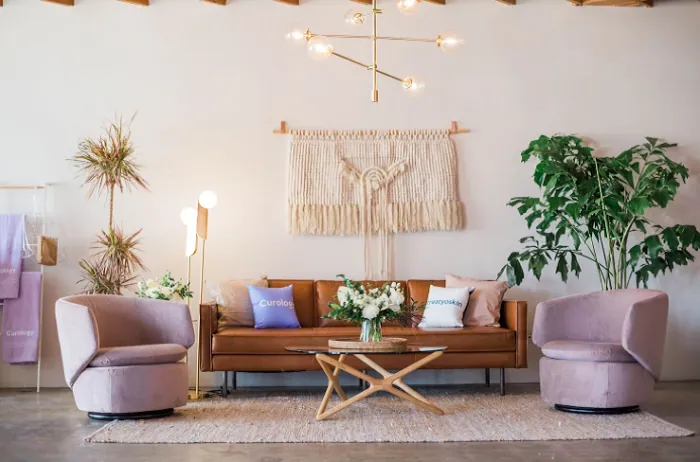
Importance of Scheduling Consultations: Scheduling consultations and interviews with shortlisted interior designers is a crucial step in the process of finding the right designer for your project. These meetings provide an opportunity to discuss your ideas, goals, and expectations with the designers, as well as to assess their compatibility, expertise, and approach to design. By meeting with multiple designers, you can compare their proposals, ask questions, and ultimately make an informed decision about who to hire for your project.
Questions to Ask During Consultations: During consultations with interior designers, it's important to ask a variety of questions to assess their compatibility and expertise. Here are some key questions to consider asking:
- What is your design philosophy? Understanding the designer's approach to design will help you determine if their style aligns with your vision for your space.
- Can you provide examples of projects similar to mine that you have completed? Reviewing past projects can give you a sense of the designer's experience and expertise in tackling projects similar to yours.
- How do you approach budgeting and pricing? Discussing budgeting and pricing upfront will help ensure that the designer's services are within your budgetary constraints.
- What is your timeline for completing the project? Understanding the designer's timeline will help you plan and coordinate your project accordingly.
- How do you handle communication and updates throughout the project? Clear communication is essential for a successful designer-client relationship, so be sure to ask about the designer's communication process and how they keep clients informed throughout the project.
- Can you provide references from past clients? Speaking with past clients can provide valuable insights into the designer's professionalism, communication skills, and ability to deliver results.
- How do you handle challenges or changes during the design process? Design projects often encounter challenges or require adjustments along the way, so it's important to understand how the designer handles these situations.
By asking these questions and having open and honest discussions during consultations, you can gain a better understanding of each designer's expertise, approach, and compatibility, ultimately helping you make an informed decision about who to hire for your interior design project.
Portfolio Review: Ensuring the Right Fit for Your Project
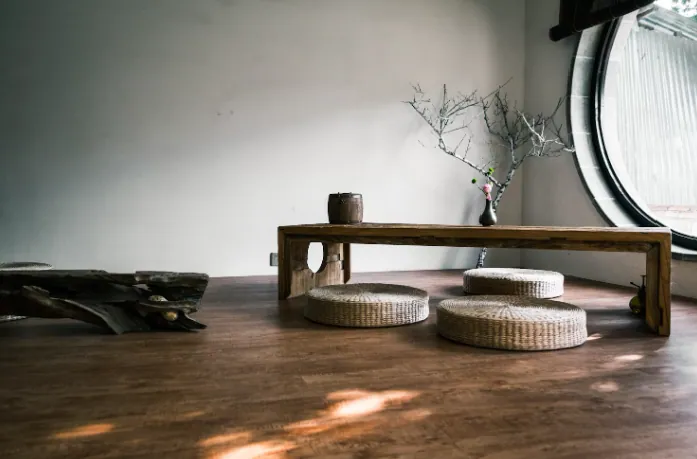
Guidance on Reviewing Portfolios: Reviewing the portfolios of potential interior designers is a critical step in the selection process. A designer's portfolio serves as a visual representation of their work, showcasing their style, expertise, and capabilities. Here's some guidance on how to effectively review portfolios:
Diversity of Work: When reviewing portfolios, look for diversity in the types of projects the designer has completed. A diverse portfolio demonstrates versatility and adaptability, showing that the designer is capable of tackling a variety of design challenges across different spaces and styles. Pay attention to whether the designer has experience working on projects similar to yours, whether it's residential, commercial, or hospitality, as this can give you confidence in their ability to meet your specific needs and preferences.
Quality of Work: Quality is paramount when assessing a designer's portfolio. Look for examples of craftsmanship, attention to detail, and overall execution in their projects. Pay attention to the use of materials, finishes, and furnishings, and assess whether the design reflects a high level of quality and refinement. Quality work not only enhances the aesthetic appeal of a space but also ensures durability and longevity, making it a worthwhile investment for your project.
Alignment with Personal Style Preferences: Consider how well the designer's style aligns with your personal preferences and vision for your space. Look for elements in their portfolio that resonate with you aesthetically, whether it's a specific colour palette, design motif, or overall vibe. While it's important for the designer to bring their own creative vision to the table, it's equally important that their style aligns with yours to ensure a cohesive and harmonious outcome for your project.
By carefully reviewing portfolios and considering factors such as diversity, quality of work, and alignment with personal style preferences, you can effectively assess potential interior designers and make an informed decision about who is the best fit for your project.
Client Testimonials and Reviews: Insights into Designer-Client Relationships
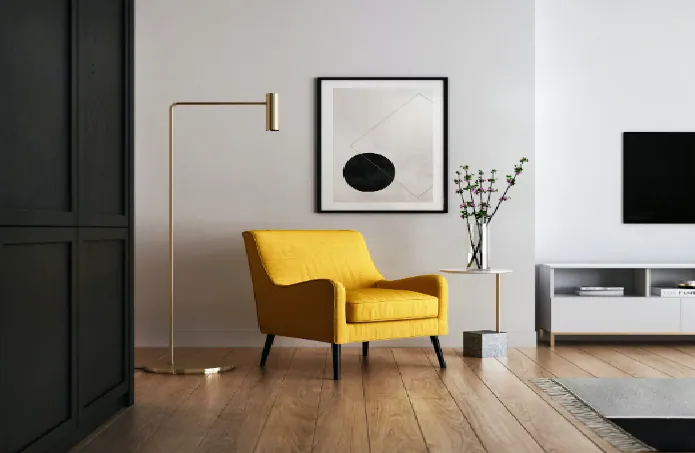
Importance of Checking Client Testimonials and Reviews: Checking client testimonials and reviews is an essential step in the process of selecting an interior designer. These testimonials provide valuable insights into the designer-client relationships, including the level of satisfaction, professionalism, and communication experienced by past clients. By reading testimonials and reviews, you can gain a better understanding of what it's like to work with the designer and assess whether they are a good fit for your project.
Online Platforms and Social Media as Resources: Online platforms and social media are valuable resources for accessing client testimonials and reviews. Many interior designers showcase client testimonials on their websites or social media profiles, providing first-hand accounts of their experiences working with the designer. Additionally, websites such as Houzz, Yelp, and Google Reviews allow clients to leave feedback and reviews, which can be helpful for prospective clients in evaluating the designer's reputation and track record.
Insights into Designer-Client Relationships: Client testimonials and reviews offer insights into various aspects of the designer-client relationship. They can shed light on the designer's professionalism, responsiveness, and ability to meet client expectations. Positive testimonials often highlight qualities such as clear communication, attention to detail, and a collaborative approach to design, while negative reviews may indicate issues such as poor communication, missed deadlines, or disagreements over design decisions. By considering these insights, you can assess whether the designer's working style and approach align with your own preferences and expectations.
Using Testimonials and Reviews to Make Informed Decisions: Ultimately, client testimonials and reviews serve as valuable tools for making informed decisions when selecting an interior designer. By reading about the experiences of past clients, you can gain valuable insights into the designer's strengths, weaknesses, and overall performance. Take the time to thoroughly research and evaluate client testimonials and reviews, paying attention to patterns and trends that may emerge. This information can help you narrow down your options and choose the best interior designer for your project with confidence.
Budget Considerations: Finding the Right Balance
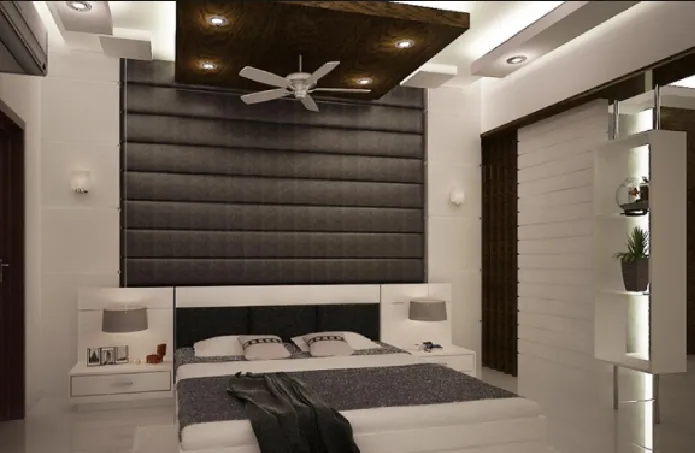
Discussion on Budget Considerations: When selecting an interior designer, budget considerations play a crucial role in the decision-making process. It's essential to have a clear understanding of your budget constraints and how they will impact your choice of designer. While it's natural to want to prioritize quality and aesthetics, it's equally important to ensure that the designer's services are affordable and align with your financial resources.
Balancing Quality and Affordability: Finding the right balance between quality and affordability is key when selecting an interior designer. While it's tempting to opt for the most affordable option, it's essential to consider the long-term value and quality of the designer's work. A designer who offers lower rates may not necessarily deliver the same level of expertise, creativity, or attention to detail as a more experienced designer who commands higher fees. It's important to weigh the potential cost savings against the potential compromises in quality and overall satisfaction with the final result.
Staying Within Budget Constraints: Staying within budget constraints requires careful planning and communication with your chosen interior designer. Be upfront and transparent about your budget from the outset, so the designer can tailor their services and recommendations accordingly. A good designer will work with you to find creative solutions that maximize your budget without sacrificing style or functionality. This may involve prioritizing certain design elements, sourcing cost-effective materials and furnishings, or exploring alternative approaches to achieve your desired aesthetic within your budget constraints.
Making Informed Decisions: Ultimately, making informed decisions about budget considerations involves weighing the pros and cons of different options and determining what factors are most important to you. It's essential to consider not only the upfront costs but also the potential long-term value and impact of your investment in interior design. By carefully assessing your budget and working closely with your chosen designer, you can ensure that you achieve the best possible outcome for your project while staying within your financial means.
Final Decision and Contract: Ensuring Clarity and Confidence
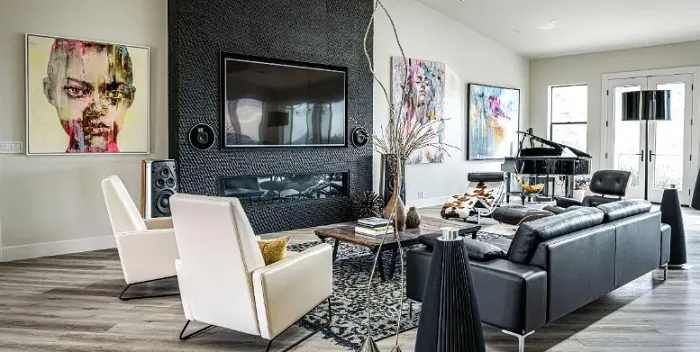
Factors to Consider when Making the Final Decision: Making the final decision on hiring an interior designer requires careful consideration of several factors to ensure the best possible outcome for your project. Some key considerations include:
- Experience and Expertise: Evaluate the designer's level of experience and expertise in handling projects similar to yours. Consider factors such as their portfolio, client testimonials, and professional qualifications.
- Compatibility and Communication: Assess the compatibility and communication style between you and the designer. A strong working relationship is essential for a successful project, so ensure that you feel comfortable communicating openly and effectively with the designer.
- Budget and Pricing: Consider whether the designer's pricing aligns with your budget constraints and whether their proposed services offer good value for money. Be clear about your budget from the outset to avoid any misunderstandings later on.
- Design Vision and Style: Ensure that the designer's design vision and style align with your own preferences and aesthetic goals. Review their portfolio to see if their previous work reflects the look and feel you envision for your space.
Importance of Reviewing and Signing a Contract: Once you've made the decision to hire an interior designer, it's crucial to review and sign a contract that outlines the project details and terms. A contract serves as a legally binding agreement between you and the designer, providing clarity and protection for both parties involved. Here's why reviewing and signing a contract is important:
- Clarifies Project Scope and Deliverables: A contract clearly outlines the scope of the project, including the services to be provided by the designer, project timeline, and deliverables. This ensures that both parties have a clear understanding of their respective roles and responsibilities.
- Defines Terms and Conditions: The contract establishes the terms and conditions governing the designer-client relationship, such as payment schedules, cancellation policies, and dispute resolution procedures. Having these terms in writing helps prevent misunderstandings and disagreements down the line.
- Protects Both Parties: By signing a contract, both you and the designer are protected in the event of unforeseen circumstances or disagreements. The contract provides a framework for addressing issues that may arise during the course of the project and helps mitigate potential risks.
- Promotes Accountability and Professionalism: A well-drafted contract promotes accountability and professionalism on both sides, setting expectations for conduct and performance throughout the project. It demonstrates that the designer is committed to upholding high standards of professionalism and integrity in their work.
In summary, reviewing and signing a contract is a crucial step in the hiring process that ensures clarity, confidence, and protection for both you and your chosen interior designer. Take the time to carefully review the contract and address any questions or concerns before proceeding with the project.
Conclusion
In conclusion, finding the best interior designer in Karachi is pivotal for translating your design aspirations into reality. By meticulously following the outlined steps, you empower yourself to make informed decisions that align with your vision, budget, and preferences. Remember, the right designer not only brings expertise and creativity to the table but also fosters a collaborative partnership aimed at realizing your design dreams. Embrace the journey of discovering the perfect designer, and rest assured that with careful consideration and diligence, you'll soon embark on a transformative design experience tailored to your unique style and needs.
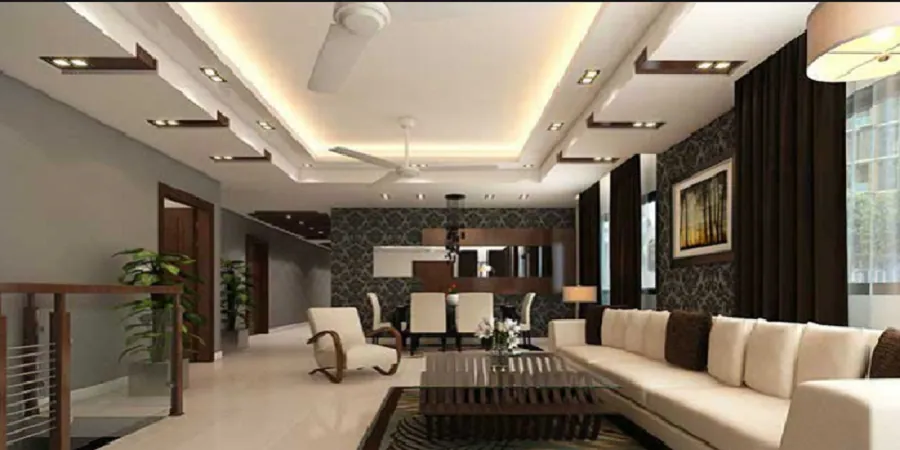
Comments